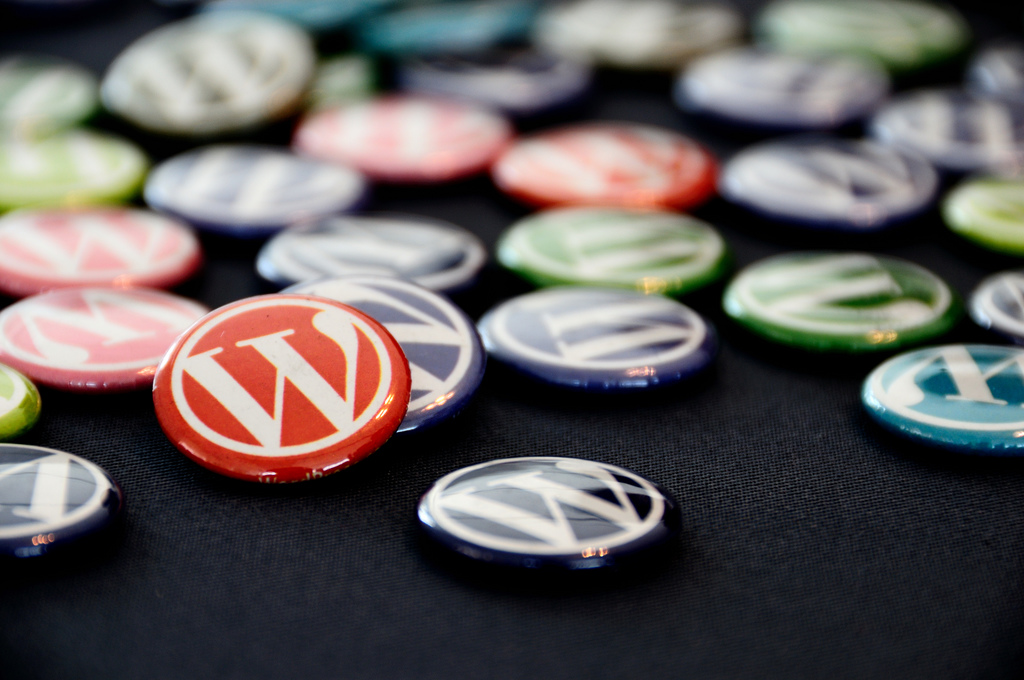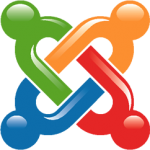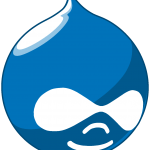
Open Source Content Management Systems (CMS) has been around for a while, but technology is now at a place where CMSes are becoming common knowledge in the business world. WordPress is a becoming buzzword in the small business community.
But a word of caution – just because something exists doesn’t mean that it should necessarily be used, unless you have educated yourself and weighed the benefits and risks first.
Open Source software is software that is written by a community of programmers and generally distributed for free. In the majority of cases, the developers believe that software should be free so that volunteer their time to make the world better connected.
However, not all open source software is free. There are some business models where it is commercial software that must be licensed and there are other business models where there is a free “basic” version and a commercial “professional” version.
Regardless of the distribution method, free or paid, open source software by definition provides the source code to the general public to use, adapt or expand for their own use.
A Content Management System (CMS) is a suite of software, generally web based, that allows businesses to more easily manage their website or blog. In most cases, it is not necessary to work directly with code.
By definition a CMS is dynamic and template driven. If a menu item is changed, it is a global change. When a new page or new blog post is published, it is instantly reflected website-wide.
In the past, a webmaster would have to download their website to their computer, open an editor such as Adobe Dreamweaver, edit their website, manually update all references to the new content and upload the content back to their server. But with a CMS, webmasters can simply log into a web based interface to instantly and easily push new content to their publics.
Although there are hundreds of CMS platforms on the internet, the big three platforms that we will address are WordPress, Joomla and Drupal.
For the vast majority of small and medium businesses, WordPress is the easiest, best supported and most logical choice.

When it comes to a CMS, WordPress is very easy to use. It has an intuitive interface, a built in package manager, supports multiple authors and is simple to expand. What began as a blogging platform has expanded to support static pages and social media content.
WordPress is used by Time Magazine, The Wall Street Journal, MTV Newsroom and The Ford Motor Company.
The key strength of WordPress is that you can install it and start bloging within 5 minutes. In 10 minutes, you can have a multiple author blog with a photo gallery. In a few hours you can have a social network for your business rivaling Facebook.
WordPress supports Search Engine Optimization (SEO) out of the box and makes the process very easy.

Joomla is a powerful platform for journalistic type websites. MTV, The White House and The Onion are all built in Joomla. It is much more expandable than WordPress in terms of backend functions and it is much more customizable. But the vast majority of websites do not need the customizability that it offers.
The reality is, the more control a program offers, the more difficult it is to use. And this is true with Joomla. Not only is it harder to use than WordPress but it is much less secure to use, it has a much smaller community overall and Joomla developers charge a lot more.
Unless you plan to build a journalistic website with many authors, sections and columns, we discourage you from using Joomla. Joomla is almost never appropriate for a small or medium business website.
In fact, if your website is built in Joomla, we recommend that you have it converted to WordPress to avoid security issues. If you are looking for a developer, MRB Media specializes in WordPress development.

When it comes to power and customizability, Drupal is arguably the most powerful and most customizable CMS platform. It is also the most difficult to use, requires the most maintenance and has the highest hourly fee when it comes to development.
We used Drupal for one of our websites and opted to move instead to a website built in pure HTML (no CMS) because it was so difficult to use. We are in the process of having said website redesigned in WordPress.
“Free” Is Not Really Free – just because a CMS is freely distributed and open source does not mean that it is truly free, in an absolute cost sense. There is no free lunch. When it comes to open source software, the maintenance cost is generally higher than the cost of deployment.
Open Source Risk – because the source code is freely distributed it means that hackers have access to it too. And they find ways to exploit the code to their benefit. This means that there are generally frequent updates and security patches to install. It is important that you frequently login and update your software. This is easiest in WordPress but important on all platforms. Most users who run into security problems with open source software are compromised because they do not keep up with software updates.
Dynamic ≠ Fast – when it comes to dynamic content, speed will suffer. Because all of the content on a CMS platform is database driven and loaded on the fly, it must be “rendered” or “compiled” each time a page is loaded. What this means is that a CMS will require a much more powerful server than a traditional pure HTML website. And when a dynamic website gets a lot of traffic, performance will suffer. One workaround is to use a caching plugin like WP Super Cache.
Do You Really Need A CMS? – if your business doesn’t rely on dynamic content or your website doesn’t need to be updated frequently, you probably don’t need a CMS. If you have a CMS that goes unmaintained, there is a good chance that your website will be hacked, costing you more than if you just paid your developer to make infrequent updates for you.
Do You Have A Good Web Host? – it is important that you host your website with a web host who knows what they are doing. It is essential that they have fast servers that can handle the demands of a dynamically driven website. Speed is key for any website. If you are looking for a web host that specializes in CMS hosting, we recommend Phi 9.
Sources